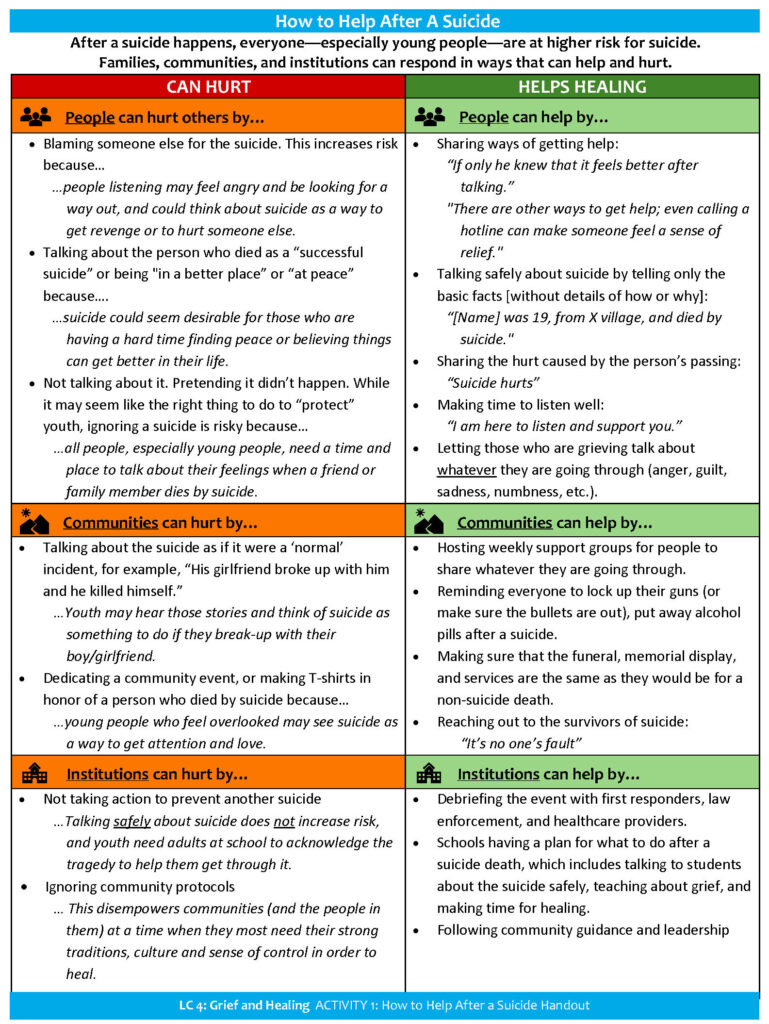
The death of a child, especially in the context of an elementary school, is a devastating event that leaves an indelible mark on everyone involved. This tragedy shatters the innocence and security often associated with childhood, leaving behind a void filled with grief, confusion, and fear. Understanding the profound impact of such a loss and providing appropriate support systems are crucial for navigating this difficult time.
This article delves into the multifaceted consequences of what happens when a kid in elementary school dies, exploring the emotional toll on students, teachers, and staff. We will examine the vital role of grief counseling services, memorial services, and community support in fostering healing and remembrance. By shedding light on these crucial aspects, we aim to equip individuals with valuable insights and resources to cope with this unimaginable loss.
School Tragedy Impact
The ripple effects of a child’s death within an elementary school extend far beyond the immediate family. Students, teachers, and staff alike experience a range of intense emotions, including grief, shock, fear, guilt, and anger. Children, particularly those who knew the deceased student well, may struggle to comprehend the permanence of death, leading to feelings of confusion, anxiety, and sadness.
Teachers face the challenging task of supporting their students through this traumatic event while simultaneously grappling with their own emotions. They must navigate sensitive conversations about death, provide a safe and supportive learning environment, and address the academic needs of grieving students. School staff members also bear the weight of responsibility for ensuring the well-being of the entire school community during this difficult period.
The loss of a child can disrupt the sense of normalcy and security within a school, creating an atmosphere of uncertainty and grief. This can manifest in various ways, such as increased absenteeism, behavioral changes, difficulty concentrating, and heightened emotional sensitivity.
Grief Counseling Services

Grief counseling services play a vital role in providing support and guidance to students, teachers, and staff struggling to cope with the loss of a child. Trained counselors offer a safe and confidential space for individuals to express their emotions, process their grief, and develop healthy coping mechanisms.
Individual counseling sessions allow students and adults to explore their feelings, thoughts, and memories related to the deceased child. Group counseling provides an opportunity for shared experiences, support, and validation among peers who are navigating similar challenges.
Grief counselors also work with school administrators to implement age-appropriate educational programs about death and grief, helping students understand the complexities of loss and develop healthy coping strategies.
Memorial Services and Activities
Memorial services and activities serve as a powerful way to honor the memory of a deceased child while providing a sense of closure and community support. These events can range from simple gatherings to more elaborate ceremonies, depending on the school’s traditions and the wishes of the family.
Types of Memorial Services
- School Assemblies: Gatherings where students, teachers, and staff come together to share memories, read poems, or sing songs in honor of the deceased child.
- Memorial Gardens: Dedicated spaces within the school grounds where flowers, trees, or plaques are planted in remembrance of the student.
- Candlelight Vigils: Evening gatherings where participants light candles and reflect on the life of the deceased child.
Activities to Remember
- Art Projects: Students can create artwork, write poems, or compose music as a way to express their feelings and remember their classmate.
- Storytelling Sessions: Sharing stories about the deceased child can help keep their memory alive and celebrate their unique qualities.
- Community Service Projects: Engaging in acts of kindness in honor of the student’s life can be a meaningful way to channel grief into positive action.
Healing and Remembrance

The healing process following a school tragedy is a gradual and multifaceted journey that requires patience, understanding, and support. It is essential for individuals to acknowledge their grief, express their emotions, and seek help when needed.
Stages of Grief
- Denial: A temporary state of disbelief or numbness in the face of loss.
- Anger: Feelings of frustration, resentment, or rage directed at oneself, others, or a higher power.
- Bargaining: Attempts to negotiate with fate or make deals to reverse the loss.
- Depression: Overwhelming sadness, hopelessness, and withdrawal from activities.
- Acceptance: Gradually coming to terms with the reality of the loss and finding ways to move forward.
Supporting Healing
- Open Communication: Encourage honest conversations about grief and provide a safe space for individuals to share their feelings.
- Empathy and Understanding: Offer compassion, support, and validation to those who are grieving.
- Self-Care Practices: Promote healthy coping mechanisms such as exercise, relaxation techniques, and spending time with loved ones.
Coping with Loss
Coping with the loss of a child in elementary school is an incredibly challenging experience that requires resilience, support, and time.
Strategies for Coping
- Seek Professional Help: Grief counselors can provide specialized guidance and support to navigate the grieving process.
- Connect with Others: Sharing your feelings with trusted friends, family members, or support groups can offer comfort and understanding.
- Remember and Celebrate: Honor the memory of the deceased child through meaningful rituals, activities, or storytelling.
- Practice Self-Compassion: Be patient with yourself and allow time for healing.
Conclusion
The death of a child in elementary school is a profound tragedy that leaves lasting scars on the entire school community. Providing comprehensive grief support services, memorializing the deceased student, and fostering a culture of empathy and understanding are crucial steps in navigating this difficult journey. By acknowledging the pain, offering support, and honoring the memory of the lost child, we can help create a path toward healing and remembrance.
